Seek productivity from the sky
From drones to eVTOL, the S-shaped curve has made another leap
A new model of innovation in China
The performance of tens of thousands of drones on Bijia Mountain in Shenzhen, the delivery of food by drones on Lianhua Mountain, and the transportation of AED devices by drones in the suburban park... Drones are entering urban life.
The government work report clearly states that large-scale application demonstration actions for new technologies, new products and new scenarios should be carried out to promote the safe and healthy development of emerging industries such as commercial aerospace and low-altitude economy.
From model aircraft as "toys" to aerial photography "wonders", and then to becoming "tools" for productivity in agriculture, industry and other fields, technological, market and scene innovations have strongly driven the collaborative creation of new demands and new supplies.
China is the largest source of unmanned aerial vehicle (UAV) technology and the largest exporter of civilian UAVs. In 2024, the number of registered drones through the real-name registration system reached 2.187 million, representing a year-on-year growth of 101.8%. China is also a major user of unmanned aerial vehicles (UAVs). By 2024, the country will have 251,000 unmanned aircraft for plant protection, firmly ranking first in the world.
Nowadays, from drones to eVTOL, in addition to new forces in low-altitude aircraft like EHang, new energy vehicle enterprises such as XPeng, Geely and GAC have also announced their entry into the market. Shenzhen has gathered over 1,700 low-altitude economy industry chain enterprises, including leading companies such as DJI, Daotong Intelligent, Fengyi Technology, Eastern General Aviation, and Meituan Unmanned Aerial Vehicles. Companies like Fengfei Aviation, Zero Gravity Aircraft Industry, and EHang Intelligent have all set up branches in Shenzhen.

Few industries are expected to break through the boundaries of traditional industries like the low-altitude economy, achieve full-scenario penetration of urban governance, and promote our imagination of future cities. Urban development has shifted from "spreading out a pancake" to "building with blocks", seeking productivity from the sky. A new three-dimensional urban model that is more intensive, smarter and more flexible is on the verge of emerging.
"Edge Breakthrough" : From a small hobby to a big industry
The MacLehose Trail in Hong Kong boasts charming natural scenery and attracts many hikers. A white model aircraft is flying at the edge of a cliff, and its owner is operating this large toy, which is rarely seen in the city, with a wireless remote control device.
The Pearl River Delta is home to numerous gathering places for model aircraft enthusiasts. In 2024, the National Model Aviation Open (Shenzhen Station), organized and initiated by the Aviation Management Center of the General Administration of Sport of China, concluded at Beijing University of Technology and Moscow State University, while the Guangdong Provincial Model Aviation Championship was held in Jiaoling.
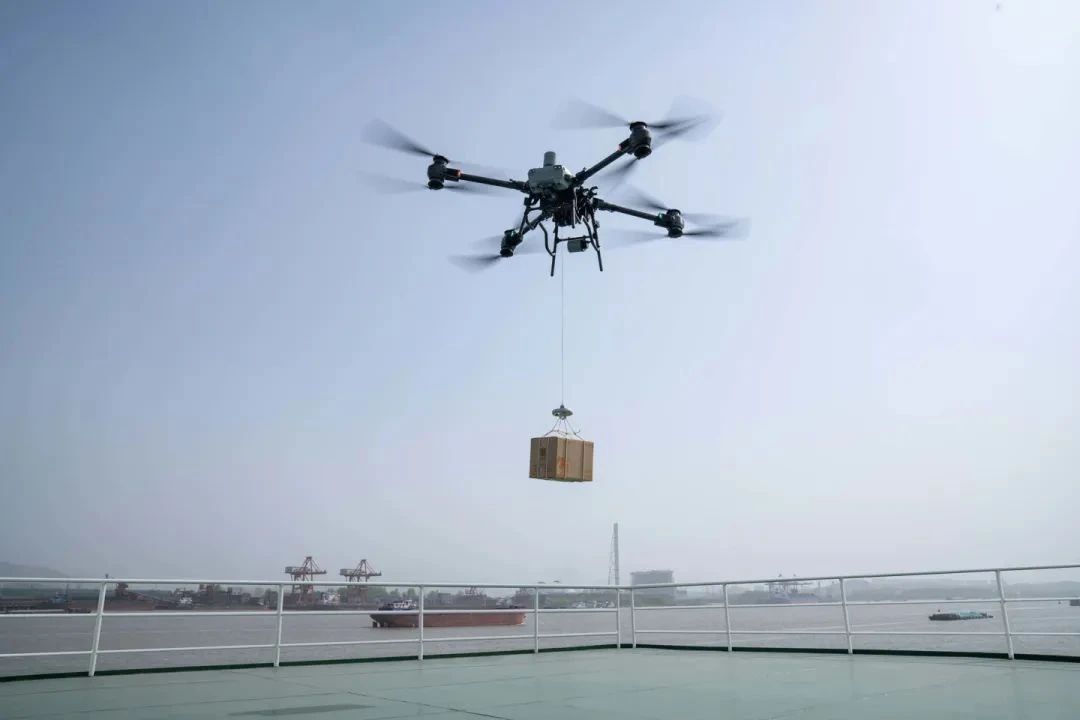
In 2006, 20 years ago, Wang Tao, who was studying at the Hong Kong University of Science and Technology, founded DJI Innovation in a residential building in Lianhua North Village, Shenzhen, with the support of his mentor Li Zexiang. At that time, DJI was not yet a drone company. Wang Taos original intention was to develop a stable remote-controlled helicopter flight control system to help helicopters hover better in the air.
Hard work pays off. In the following two years, the flight control systems developed by DJI successively achieved beyond-visual-range flight and automatic hovering in the air without human operation. Djis breakthroughs in flight control have also become an important force driving industry upgrading. Enterprises have begun to use DJIs flight control systems to assemble aircraft and conduct research, and DJI has started to gain a reputation in the drone industry.
The model aircraft movement once had a glorious past and there were many fans and players. Djis first-generation product was also sold on a model aircraft enthusiast forum and received orders. Even today, using drones for self-driving trips remains a core application scenario. Previously, from the founding of the Peoples Republic of China to the 1980s, model aircraft, as a national sports event, was once glorious. By around 2010, the Pearl River Delta region accounted for over 70% of Chinas model aircraft industry share. It mainly provided contract manufacturing services for foreign model aircraft brands, but also accumulated a complete industrial chain.
As a niche sport, inspired by model aircraft, it gradually developed into drones and combined with Shenzhens electronic information industry chain, making Shenzhen a gathering place for the drone industry. In his "marginal revolution" theory, Coase, the founder of New Institutional economics, regarded some economic breakthroughs formed among the people as one of the reasons for Chinas success. However, this way of thinking is enlightening for our understanding of innovation in the drone industry. A niche hobby gave birth to an idea in a university in Hong Kong and then achieved a breakthrough in the industry in Shenzhen.
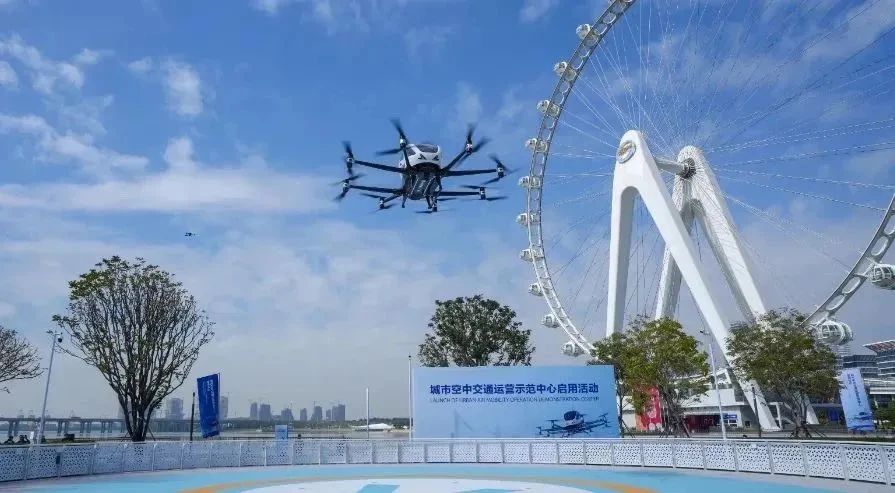
What still attracts many drone entrepreneurs is the powerful electronic information supply chain. More and more entrepreneurs come to Shenzhen with passion. Their choice of Shenzhen is not only due to the leading role of top enterprises, but more importantly, the local industrial chain. The development of some underlying technologies such as micro-motor gyroscopes, high-performance cpus, and sensors has also driven the upgrading of the unmanned aerial vehicle (UAV) industry.
When recalling why he chose Shenzhen for his business venture, Lu Zhihui, the founder of Cobitt Aviation Technology Co., LTD., mentioned that Shenzhen has an industrial chain advantage. Within a radius of about 5 kilometers, all the raw materials and spare parts needed for processing set materials can be fully equipped, solving the problems of efficiency and cost. For early-stage start-ups, the business of providing R&D sets of materials is more stable and sustainable. It was indeed the case that Corbett soon generated revenue.
From "hand-held" to stable large-scale production, it has become the "Capital of Drones". In addition to the supply chain, combinatorial innovation is also needed to achieve the output of complete machine products, so that a new paradigm of innovation can be formed.
"Dji is somewhat like Ford in the era of automotive enlightenment." Wang Tao said in an early media interview, "Only by creating an integrated product can we open up a larger market." It is precisely by targeting this point to seize the initiative that we have achieved our current market share.
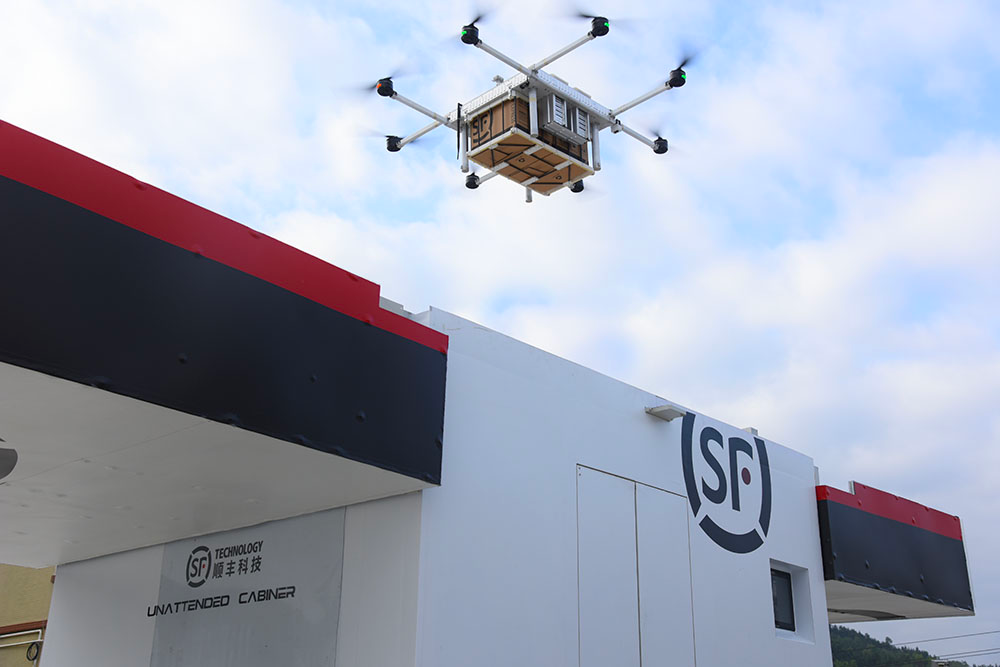
As a result, a number of leading enterprises in the industry, such as DJI, Fengyi Drones, Meituan Drones, and Daotong Drones, have emerged one after another, achieving the goal of "being able to produce a drone without leaving Shenzhen". There are over 1,700 drone enterprises in Shenzhen, with consumer and industrial drones accounting for more than 70% and 50% of the global total respectively.
Combining personal interests and hobbies with local supply chain capabilities, ideas can be implemented. This is an effective market. In a proactive government, this model has also been accepted and "solidified".
Shenzhen has announced that it will not introduce talents based on geographical location. The city previously announced that it would select a batch of talent dream projects through public recruitment every year and provide them with dream start-up funds. Project selection is not divided by industry or field, regardless of the level, and does not set any threshold conditions.
"Scene explosion" : Technology creates new demands
Schumpeter believed that combinatorial innovation is "a new combination of existing elements". Taking unmanned aerial vehicles (UAVs) as the core carrier, integrating airspace resources, artificial intelligence, big data, Internet of Things and other technologies, it has advanced from model aircraft "toys" to productivity "tools" in agriculture, industry and other fields, thus forming a multi-dimensional innovation paradigm and creating a "scene explosion".
The application of drones in fields such as agriculture, forestry, animal husbandry, emergency management, and urban law enforcement has reached the forefront of the world. During the Two Sessions, Liu Chuanjian, a deputy to the National Peoples Congress and the chief pilot of Civil Aviation Flight University of China, said that Chinas unmanned aerial vehicle (UAV) industry has witnessed explosive growth. In 2024, 1.1 million new real-name registered drones were added, bringing the total number of drones registered through the real-name registration system to 2.187 million, representing a year-on-year growth of 101.8%.
Under the combined innovation, drones can be deeply integrated with technologies in multiple fields such as AI.
Last year, at the Hi-Tech Fair held in Shenzhen, Pengjin Technology used drones combined with AI visual recognition to optimize flight paths and task execution. During the National Day holiday, a formation performance of ten thousand drones in Shenzhen amazed the world. A person related to Damo Dazhikong said in an interview that they use cluster control technology to pre-write programs into the drones, and then load and transmit them through a computer to achieve one-click takeoff, allowing one computer to control tens of thousands of drones.
Drones can also be integrated with the market to achieve scene innovation and the collaborative creation of new demands and new supplies.
The latest figures released by the National Agro-Technical Extension and Service Center at last years "Double Trade Fair" for Plant protection show that in 2024, the number of unmanned aircraft for plant protection in China will reach 251,000 and the area of pest control operations will reach 2.67 billion mu, both increasing by nearly 25% compared to last year and remaining the worlds top. Unmanned aircraft for field plant protection are approaching saturation and have begun to enter the second stage of renewal and replacement. The application technology of unmanned aircraft for orchard plant protection has gradually matured, and the application area in hilly and mountainous regions has continued to increase.
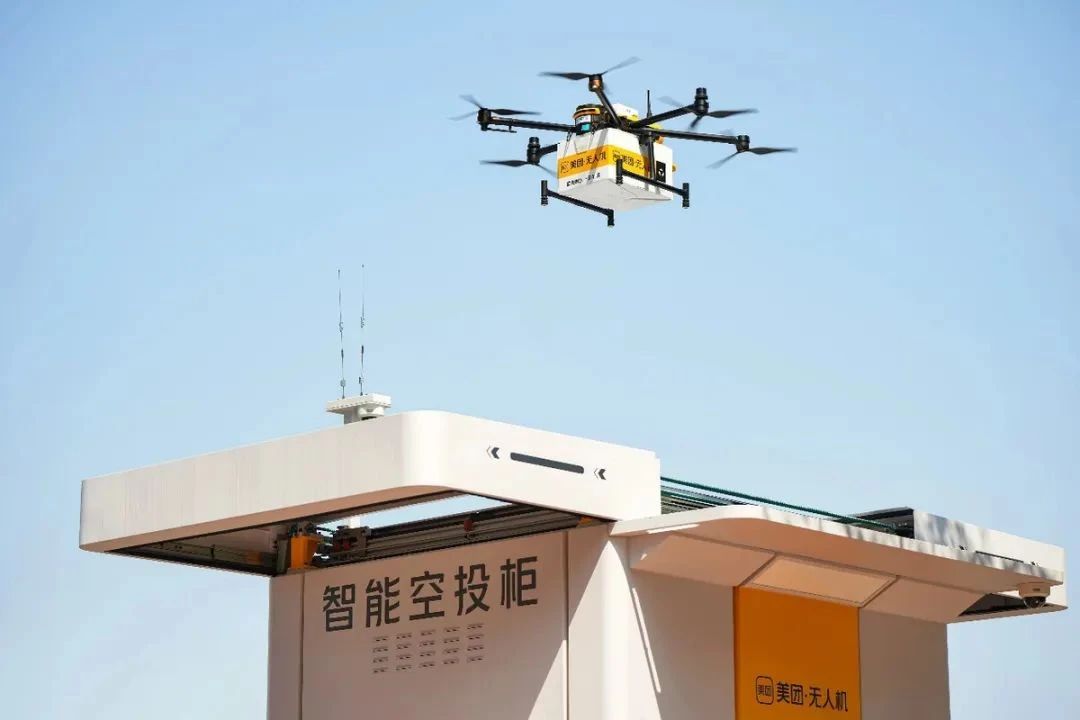
In cities, new applications are developed through "scene pilot projects".
Shenzhen has achieved order delivery for real users. Consumers can place orders for milk tea through mobile food delivery apps, and the tea will be delivered to them by drones. Meituans drones and SF Express Fengyi drones both originated in Shenzhen. By the end of 2024, Meituans drones had opened 53 routes in cities such as Shanghai, Beijing, Shenzhen, and Guangzhou, and had completed over 400,000 orders in total. Sf Express Fengyi Logistics drones have achieved regular operation in the Greater Bay Area, with an average of 800 to 2,000 take-offs and landings per day and an average daily transportation volume exceeding 12,000 orders.
Low-altitude logistics mainly targets the market demands for urgent, fast, expensive and risky (special scenarios). Professor Shen Yingchun from Beihang University said.
Drone shows have become a new sample case for the development of culture and tourism. During the National Day holiday last year, Shenzhen lit up its night sky with eight drone shows, even catching the attention of Elon Musk, the founder of Tesla on the other side of the ocean, and boosting the foot traffic in the commercial districts where the drone shows were held, such as Shenzhen Shangcheng, Dayun Tiandi, and Mission Hills New Town.
Urban air traffic is more imaginative, but it involves more factors such as urban management and personal safety. Jiang Yutao, vice president of EHang Intelligent, suggested that it could start with in-city flight experiences, gradually expand from single-point air Tours to airport and high-speed rail shuttle routes, and ultimately achieve full application after the improvement of digital air transport and unmanned air traffic systems.
"Sky City" : An imagination of a future city
The "S-shaped curve" theory in management and economics holds that once a technology enters its mature stage, it reaches the top of the curve, and new technologies need to thrive to form a new "S-shaped curve".
Some industry insiders hold the view that the development of the low-altitude economy should not solely rely on traditional aviation but should draw more attention to ground transportation and develop new types of aircraft such as eVTOL. The reason lies in that traditional aviation serves high-altitude areas, with a limited number of flights and management mainly based on a single operating unit, which is different from the large-scale, multi-subject and multi-task demands of the low-altitude economy.
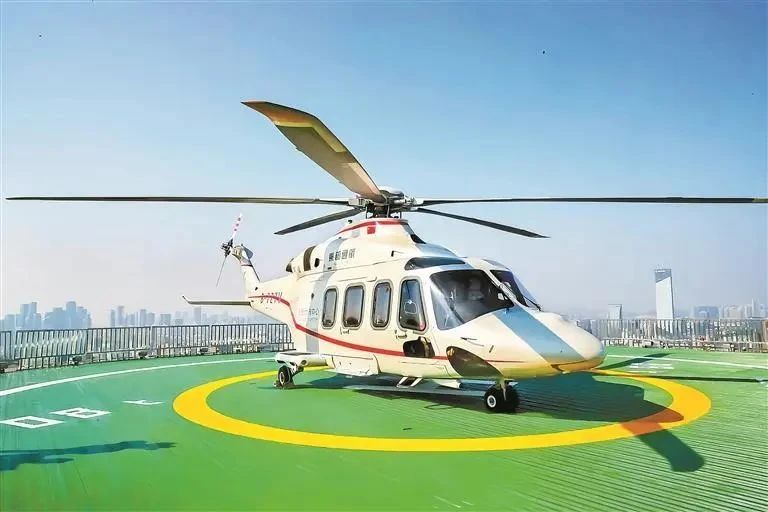
At present, many general aviation enterprises in Shenzhen, including Eastern General Aviation and CITIC Direct Aviation, have developed new forms of air transportation such as connecting flights, intra-city commuting, intercity flights and cross-border flights. Data shows that Shenzhen carried 23,000 helicopter flights last year, maintaining a leading position in the country in terms of flight scale.
The more cost-effective eVTOL, due to the fact that the technology is not yet fully mature, the vast majority have not yet obtained the airworthiness certification from the Civil Aviation Administration and are still in the process of airworthiness verification. They have not obtained commercial operation permits and are even less likely to carry out manned flights.
The new and old technologies form two "S-shaped curves". The emergence of a new technology generally indicates the success of a batch of new enterprises in their entrepreneurship and innovation. The takeoff of the second curve of low-altitude flight is not only about technology but also requires the establishment of a low-altitude operation management and service system at the government level.
The development path of the low-altitude economy has thus become different. In the Yangtze River Delta, the large aircraft project has driven the development of the general aviation industry chain. In the Greater Bay Area, the new model of the myriad drone industry chains lies in transforming urban skies into digital programmable Spaces. Through special zone legislation, the first set of urban scenario-based airspace management mechanisms has been established, enabling drones, eVTOL (Electric vertical Take-off and landing Aircraft), and general aviation aircraft to share the digital sky road.
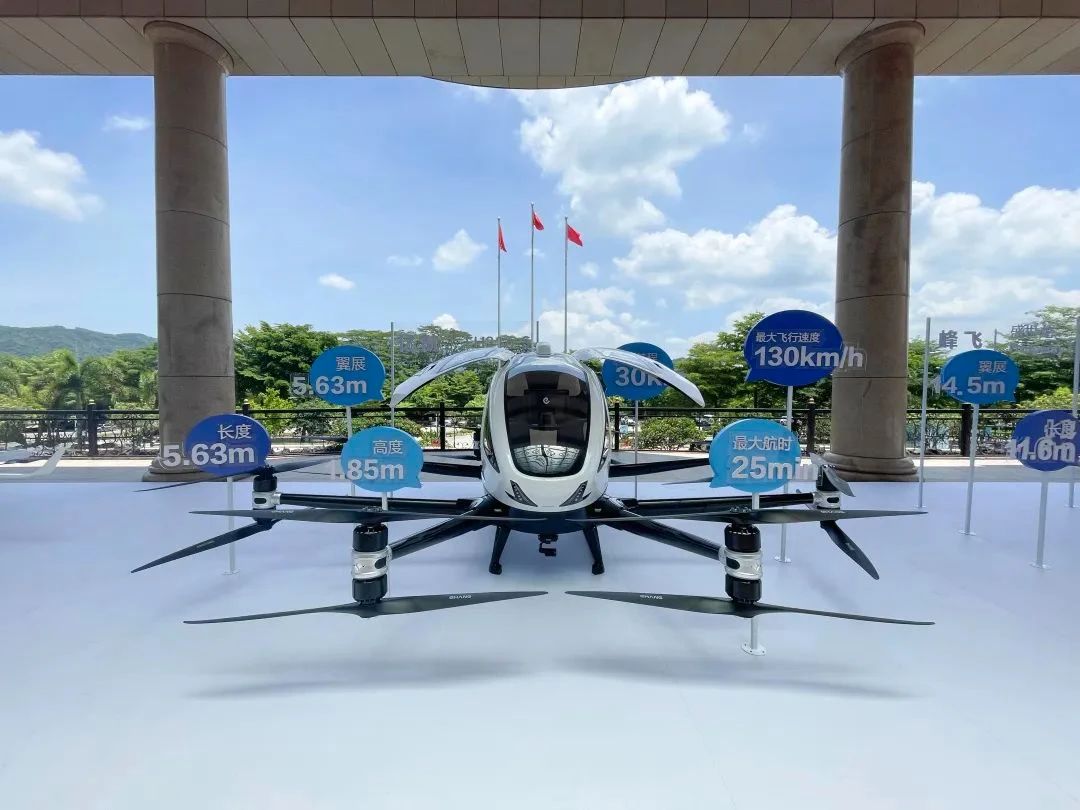
Shenzhen has proposed the construction of low-altitude intelligent integrated infrastructure. The overall core idea is to build a "facility network, air route network, air network and service network", with the core being the Shenzhen Municipal Area Intelligent Integrated Low-altitude System (SILAS), also known as the "low-altitude brain". At present, the SILAS system has been launched for trial operation at Shenzhen Low Altitude Industry Company. It can support the connection of data from Shenzhens CIM platform and the three major operators sensing base stations, and has the ability to monitor target flying objects in a specific area in a digital twin scenario, providing initial technical support for exploring the implementation of operations.
At the high-quality Development conference of Low-altitude economy in Shenzhen, the Shenzhen Development and Reform Commission innovatively proposed to conduct an assessment of the entire low-altitude airspace and explore the establishment of a refined and coordinated management model for low-altitude airspace that suits the characteristics of a high-density megacity. By 2025, the proportion of open airspace suitable for unmanned aerial vehicles (UAVs) in the city is expected to exceed 75%, and the total number of low-altitude commercial routes will exceed 1,000.
In this industrial transformation that reshapes the citys DNA and envisioning future cities, Shenzhens exploration has transcended the mere innovation of transportation methods. Through a combination of measures such as legislative empowerment, infrastructure reconstruction, industrial upgrading, and standard output, urban development has shifted from "spreading out a pancake" to "building with blocks", seeking productivity from the sky. A new model of a three-dimensional city that is more intensive, intelligent, and flexible is on the verge of emerging.
Few industries are expected to break through the boundaries of traditional industries and achieve full-scenario penetration of urban governance like the low-altitude economy. Through technological combination and market reconstruction, "City fly" will replace the current "City walk", promoting our imagination of future cities.






